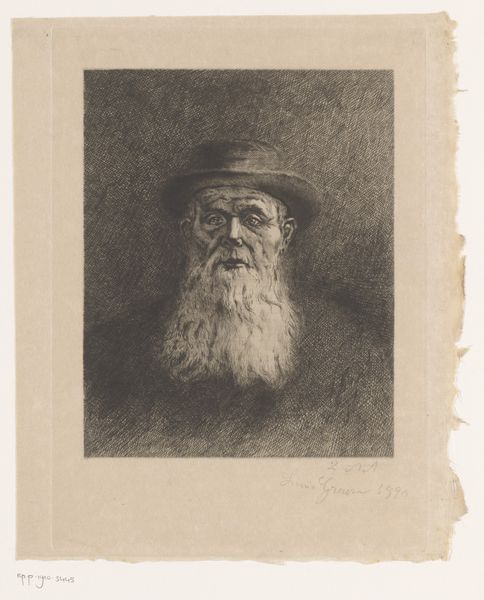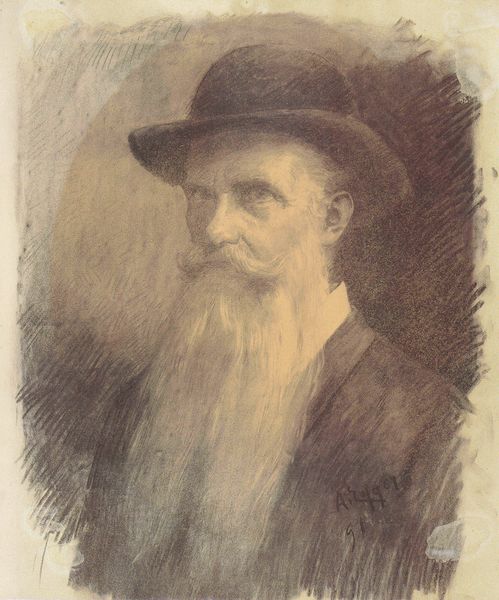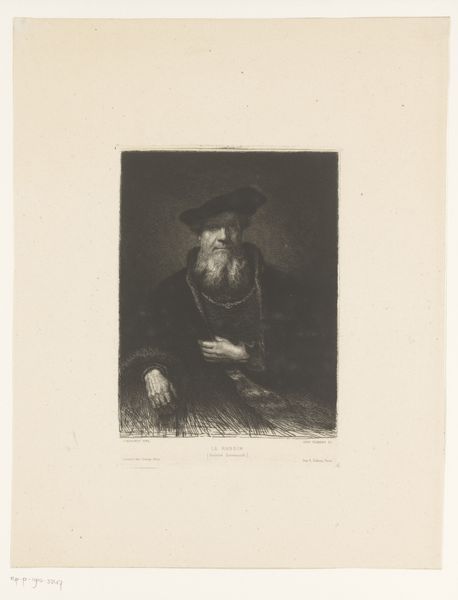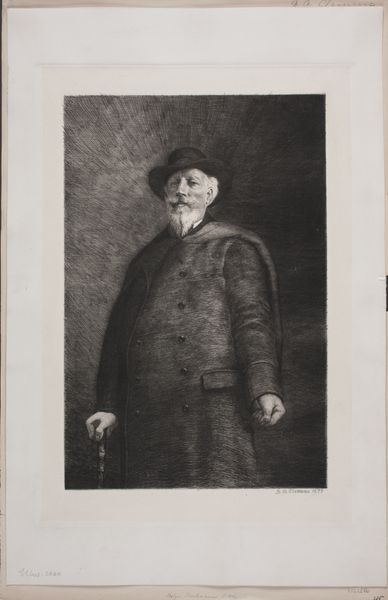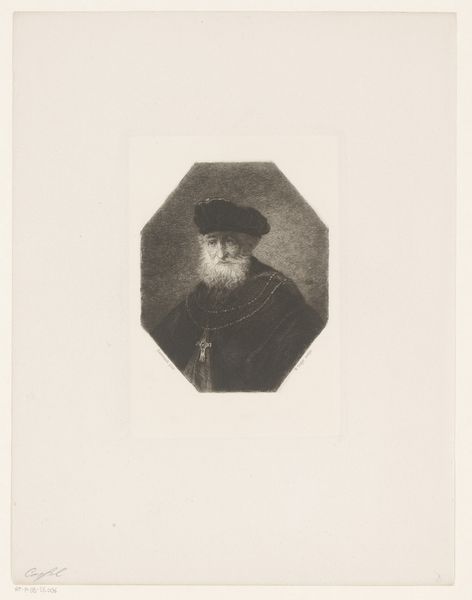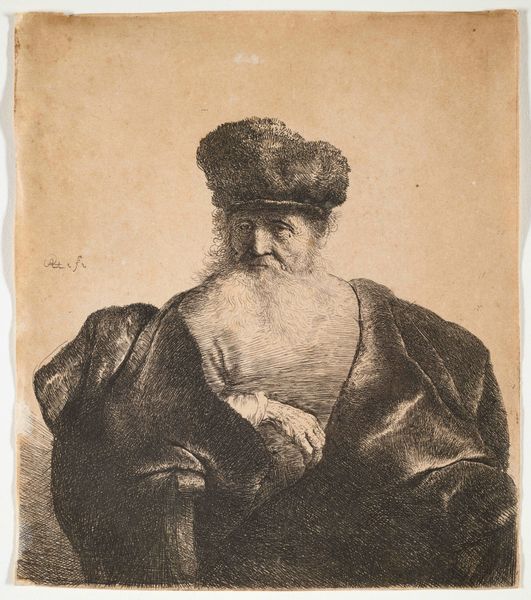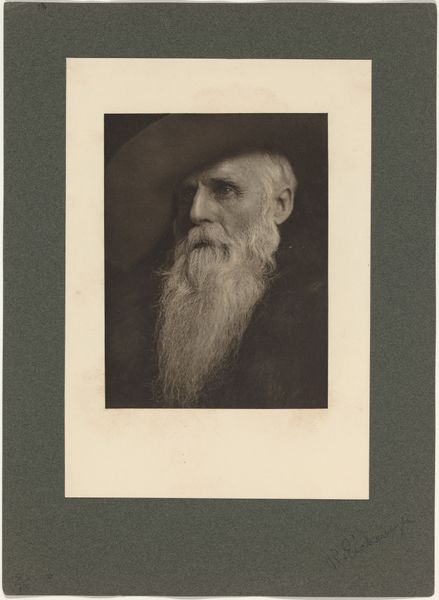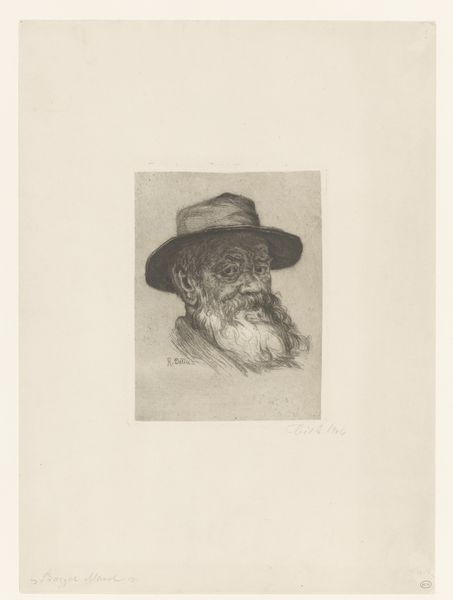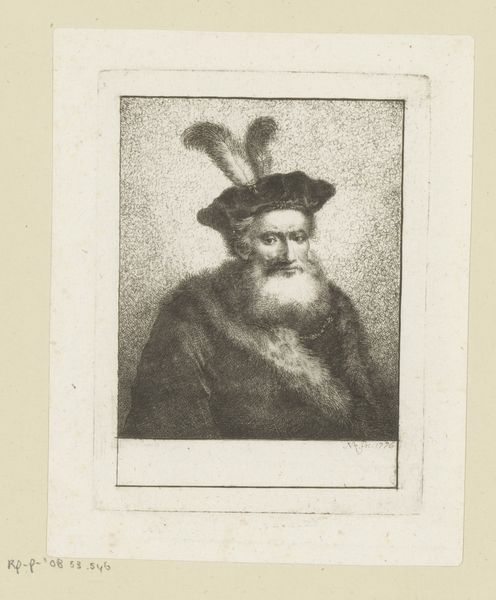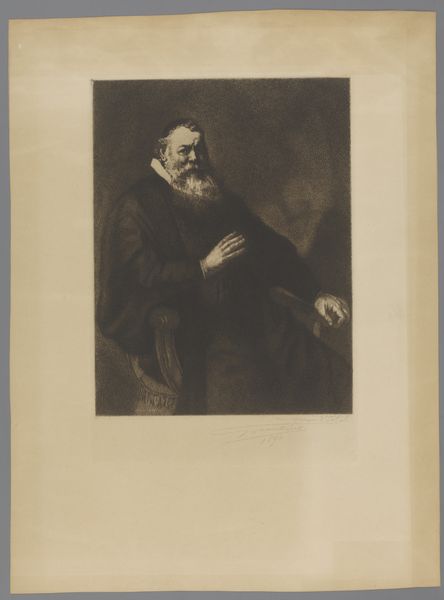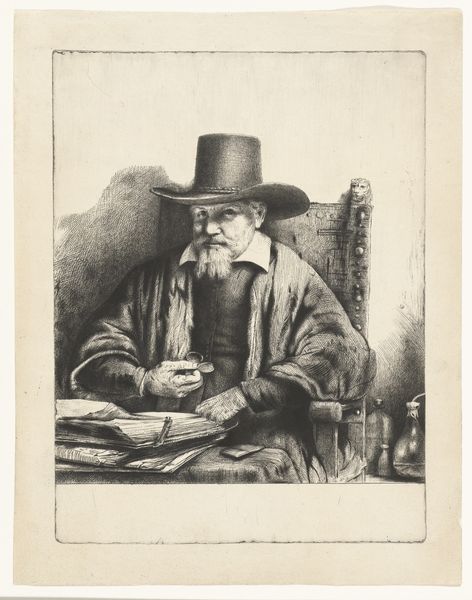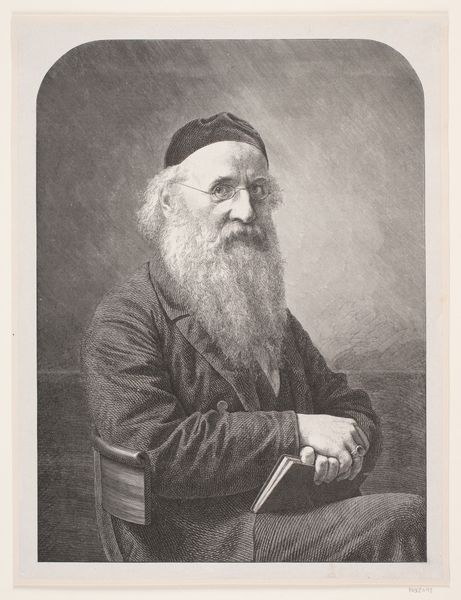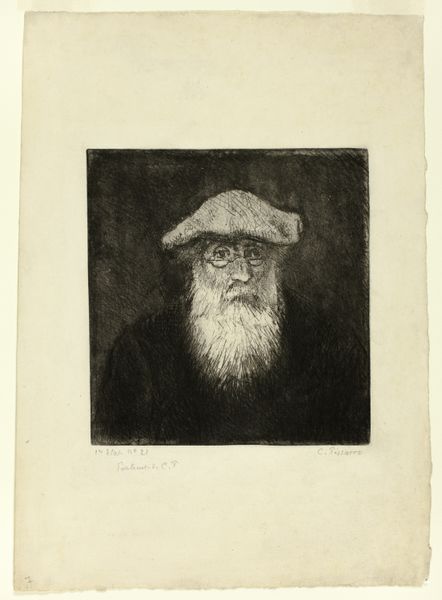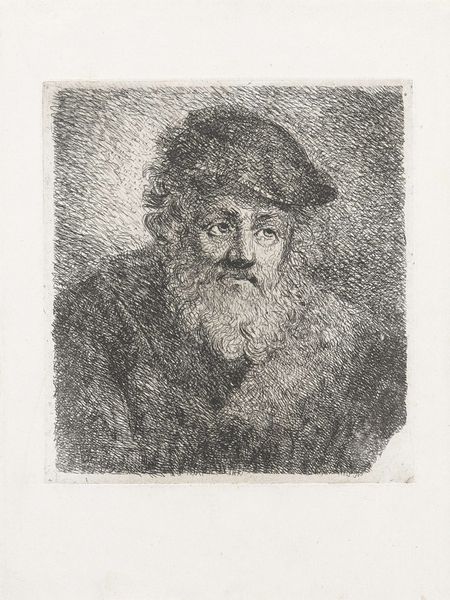
drawing, print, charcoal
#
portrait
#
drawing
# print
#
harlem-renaissance
#
charcoal drawing
#
men
#
portrait drawing
#
charcoal
#
realism
Dimensions: sheet: 11 7/16 x 8 3/8 in. (29 x 21.2 cm) plate: 9 13/16 x 6 7/8 in. (25 x 17.5 cm)
Copyright: Public Domain
Editor: Here we have Dox Thrash’s "Whiskers," created between 1934 and 1945. It’s a charcoal and print portrait. It feels intensely realistic, yet the charcoal gives it a somewhat ethereal quality. How do you interpret this work? Curator: It's fascinating to consider "Whiskers" within the context of Thrash's involvement with the WPA. Think about the materials: readily available charcoal, paper intended for mass production. Thrash elevates these humble means through his technical skill. Do you think the widespread accessibility of printmaking influences how we see the subject, perhaps democratizing the art of portraiture? Editor: That's a compelling point. So, instead of viewing it solely as an individual portrait, we should consider the means of its production, its very availability challenging class-based artistic norms? Curator: Precisely. Also, explore the relationship between subject and maker. The "folk" is now art. Consider the labor involved. Each line and smudge is evidence of Thrash’s process, and brings visibility to underrepresented labor within art making itself. Is he, in fact, producing “high art”? Editor: I see. It almost blurs the line between documentation and artistic expression. It feels more charged than just a portrait now, knowing its production and original potential audiences through the WPA. Curator: Yes, the social fabric of the time becomes palpable. The work embodies both individual character and collective experience. Thrash is deliberately subverting elitism. Editor: I've never considered the artistic medium as a political tool so directly, this reframes my perspective entirely. Thank you. Curator: My pleasure. Thinking materially encourages us to always ask: Who makes art, how is it made, and for whom?
Comments
No comments
Be the first to comment and join the conversation on the ultimate creative platform.
